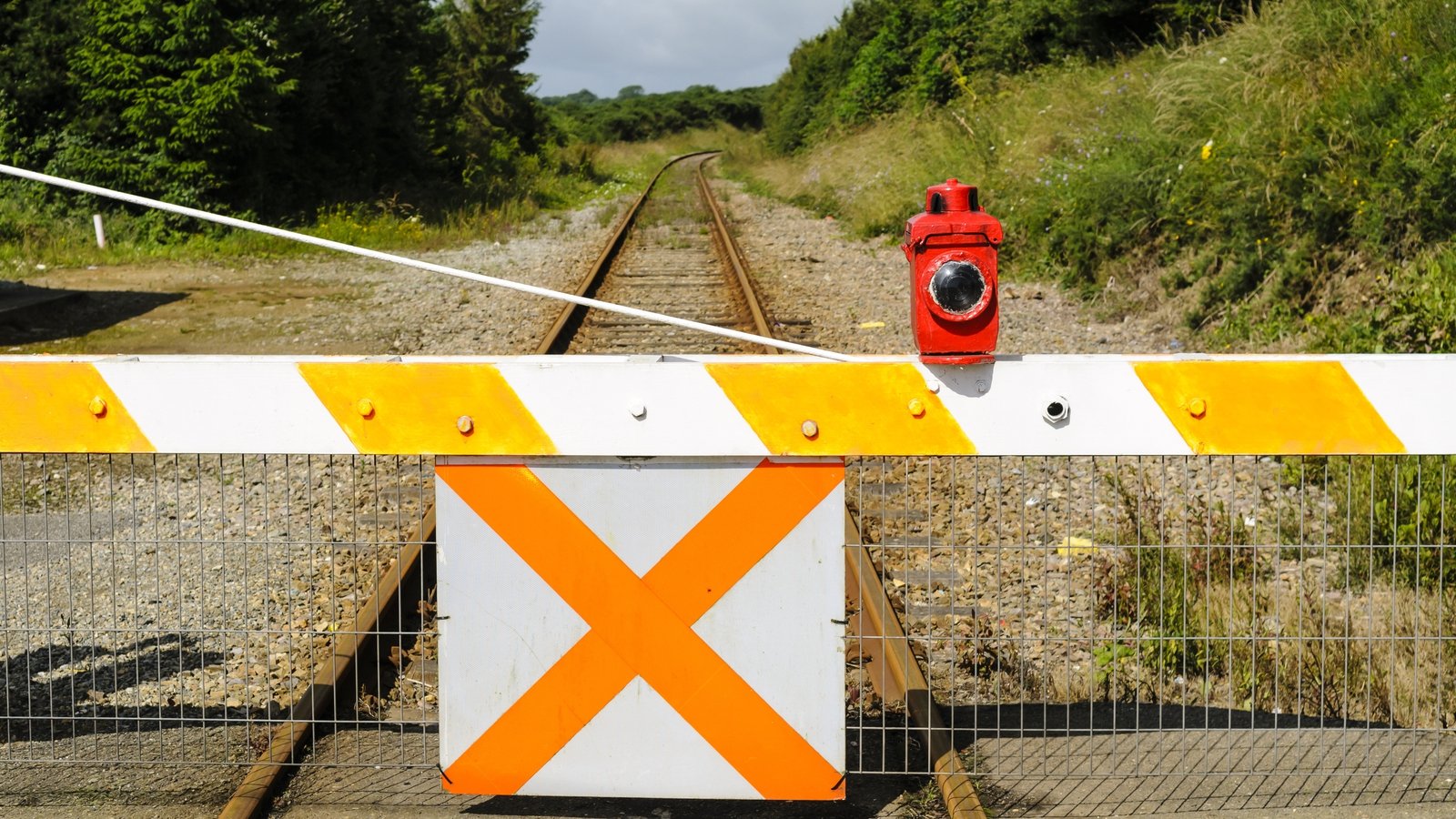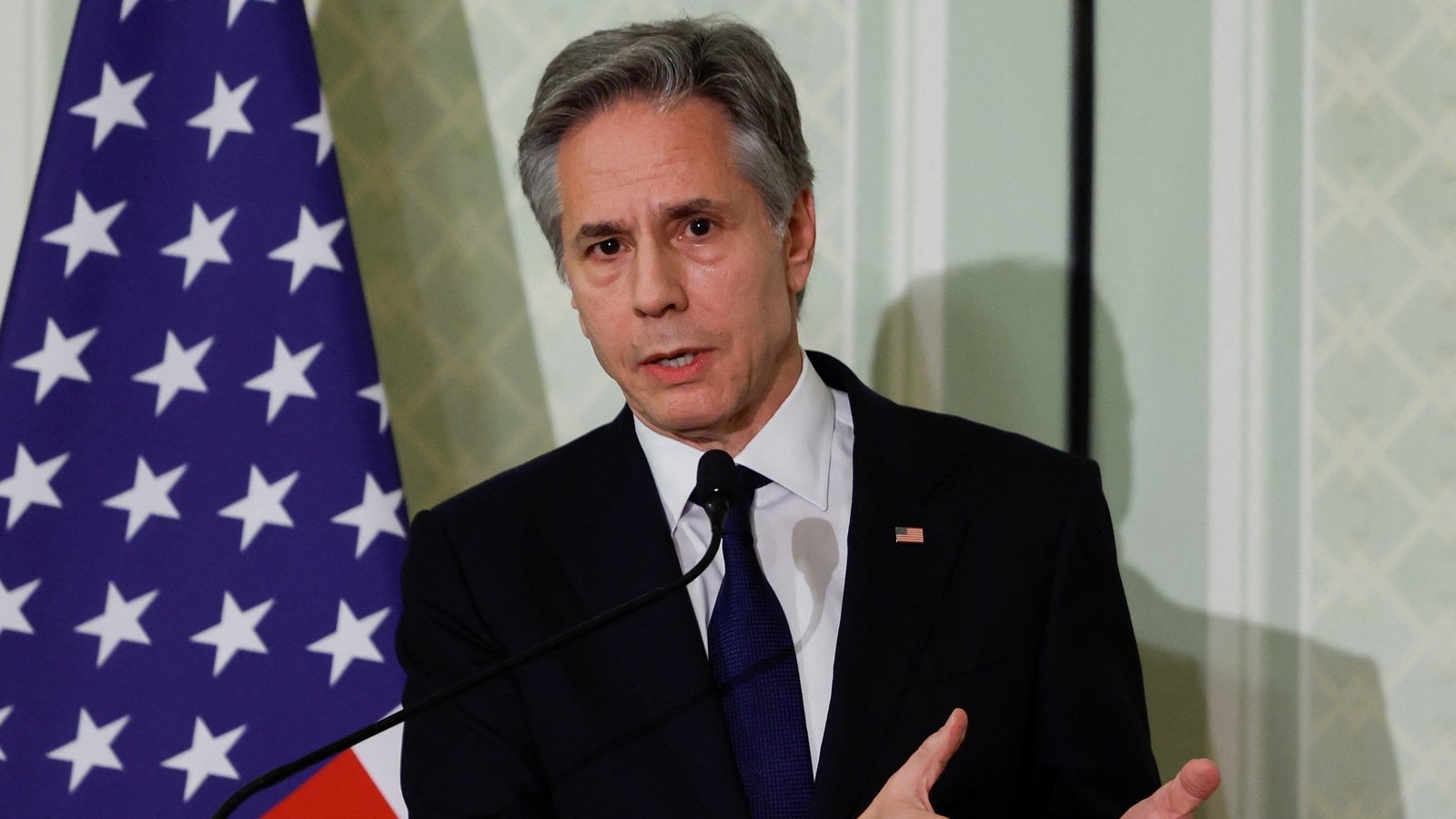Civilians trapped by fighting in southern Gaza

Concerns are growing for civilians trapped by fighting around Khan Younis in Gaza’s south, with the top UN court set to rule in a case against Israel over alleged genocidal acts in its campaign against Hamas.
The International Court of Justice in The Hague could today order Israel to halt its military action in Gaza, launched in retaliation for Hamas’ attacks on 7 October.
A growing chorus of international voices has expressed concern for the civilian population of Khan Younis, the main city in Gaza’s south, and elsewhere in the territory.
Further north on the outskirts of Gaza City, the enclave’s health ministry said that 20 people were killed and another 150 wounded while they waited for humanitarian aid to be distributed.
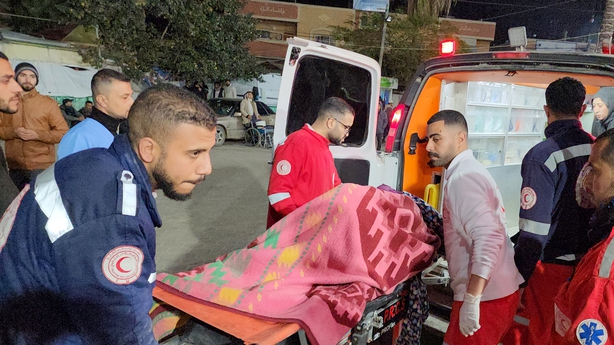
“People were going to get food and flour as they had nothing to eat,” Abu Ata Basal, the uncle of one of the wounded, told AFP.
“Suddenly, tanks appeared and started firing shells at the people, who were cut into pieces.”
Bodies were seen lying on the floor of Al-Shifa hospital in Gaza City, an AFP journalist said.
Hamas said the incident amounted to a “horrific war crime”, which Palestinian militant group Islamic Jihad said was caused by “artillery shells and missiles”.
AFP was unable to verify that claim independently and the Israeli military did not respond immediately to a request for comment.
UN shelter hit
The Gaza City strike came a day after the UN said tanks had shelled a UN shelter in Khan Younis, killing 13 people.
France called on Israel to “comply with international law” and joined the US in condemning the Khan Younis strike, although it did not directly identify Israel as responsible.
The Israeli military is the only force known to operate tanks in Gaza.
Hamas also reported fierce clashes in the centre and west of Khan Younis, the hometown of Hamas’ Gaza chief Yahya Sinwar, the suspected mastermind of the 7 October attacks.
Those assaults resulted in about 1,140 deaths, mostly civilians, according to an AFP tally of official Israeli figures.
Militants also seized about 250 hostages and Israel says around 132 of them remain in Gaza, including the bodies of at least 28 dead captives.
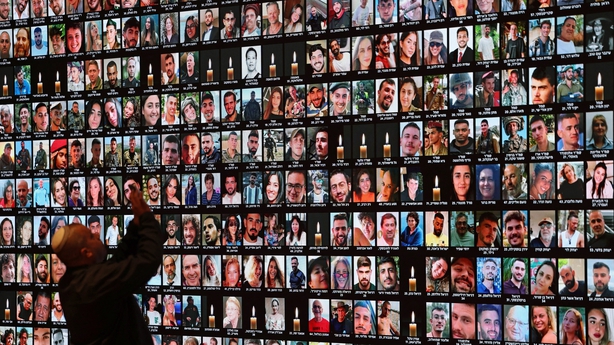
Israel vowed to crush Hamas in response and launched a military offensive that the Palestinian territory’s health ministry says has killed at least 25,900 people, about 70% of them women and children.
Israel’s military said several militants were killed in “close-quarters combat” in Khan Younis and weapons including rifles, grenades and mortar shells were found.
An AFP journalist said the bombardment was incessant in Khan Younis yesterday, where the Israeli military claims the Hamas leadership is in hiding.
The Gaza health ministry said 120 people were killed across Gaza overnight.
Yesterday, tanks hit areas around two hospitals in Khan Younis, forcing displaced people into a new desperate scramble for safety, residents said.
Israel’s military claimed that its intelligence found that Hamas was operating from inside and around the two hospitals, Nasser and Al-Amal, in Khan Younis.
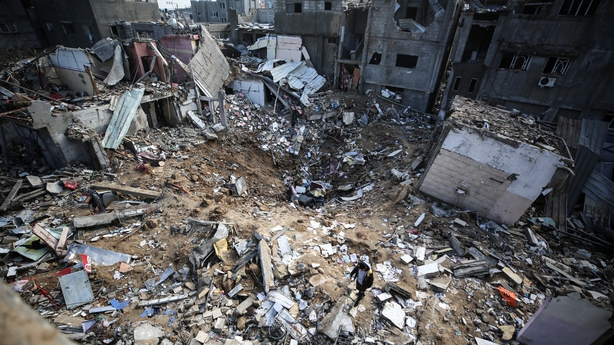
Hamas and medical workers have denied Israeli claims that militants in Gaza use hospitals as cover for bases.
The Israeli military said it was coordinating with hospital staff to ensure they remain “operational and accessible” and there is a safe corridor for people to leave the hospitals.
“The facts on the ground disprove the blatant misinformation that has been disseminated over the last 72 hours falsely claiming that the hospitals are under siege or attack,” it said in a statement.
‘Sea of people’
Germany also said it was extremely concerned by the “desperate situation” faced by civilians in Khan Younis, where fighting has been inching closer to hospitals sheltering thousands of displaced people.
Many thousands more have fled the city to seek refuge in Rafah, further south on the Egyptian border, where most of the 1.7 million Palestinians displaced by the war have gathered.
They piled their belongings on cars, in donkey-drawn carts, and on tractors, while many others fled on foot.
“I don’t know where I’m heading,” said Mousa Abu Youssef.
“I’ve taken nothing with me, no blankets, no sheets, no (tent) – nothing at all.”
Diplomatic efforts seek new truce deal
Meanwhile, diplomatic efforts to negotiate a break in the conflict continued.
US and Israeli intelligence chiefs were due to meet Qatari Prime Minister and Foreign Minister Sheikh Mohammed bin Abdulrahman Al Thani in Europe this weekend, one official told Reuters. A second source said Egypt’s intelligence chief would also participate.
The White House has been trying to facilitate the release of the more than 100 remaining Israeli hostages taken during Hamas’ 7 October attack on Israel.
A third source with knowledge of the talks said that Israel has proposed a 60-day pause in the fighting during which hostages would be released in phases, beginning with civilian women and children.
Previously, three sources told Reuters that shuttle diplomacy over the past month involving the US, Qatar and Egypt has sought to hammer out a new deal for a ceasefire of about one month.
However, progress has been held up by differences between Hamas and Israel over how to bring a permanent end to the war in Gaza.


